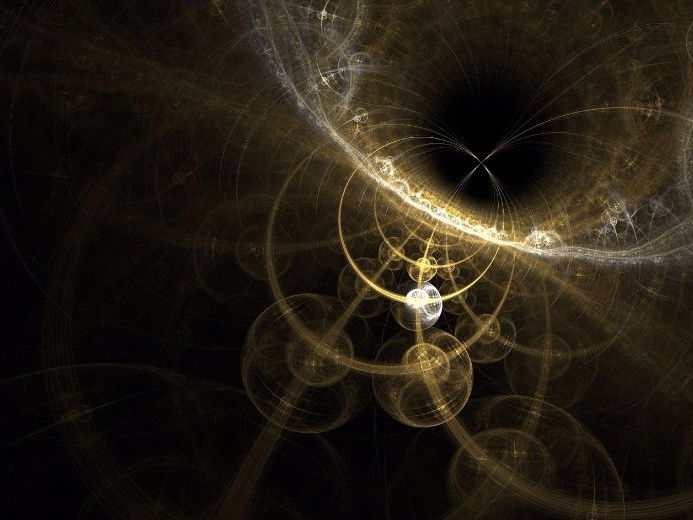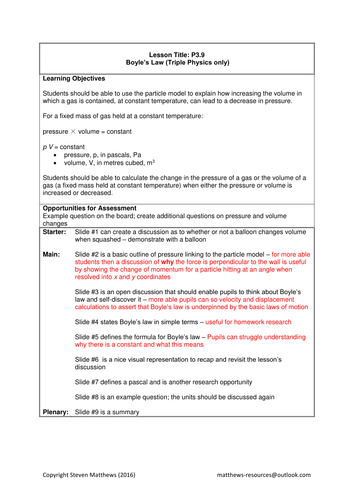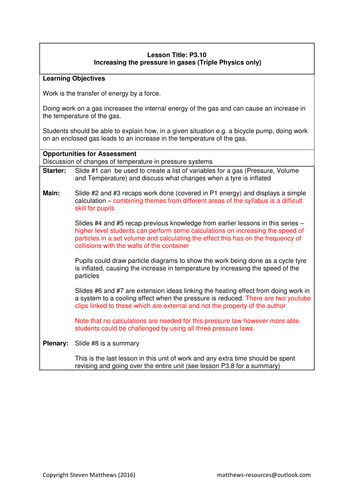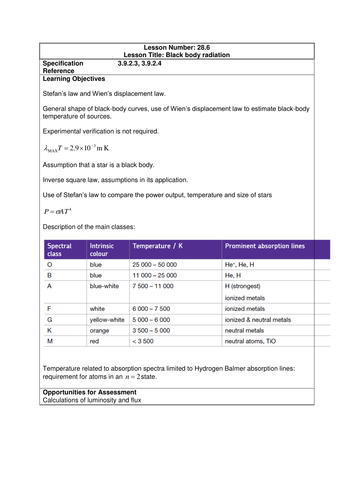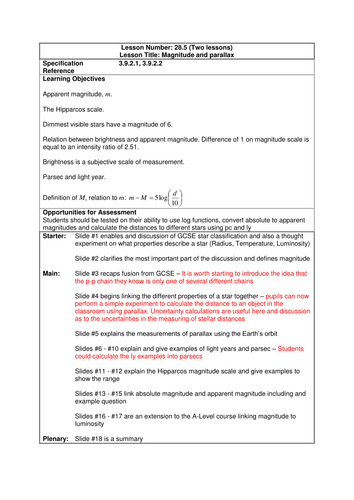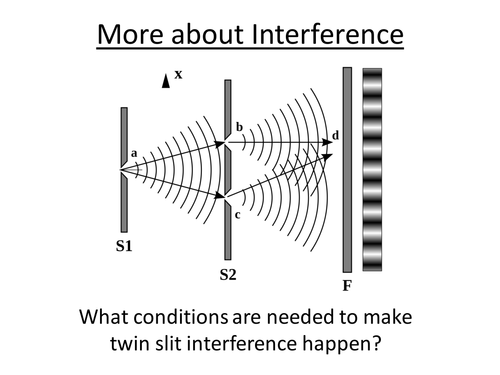Matthews Resources Limited - PowerPoints with lesson plans
Complete schemes of work, lesson plans and powerpoints to teach Science, written by a current Head of Physics rated Outstanding in his teaching and currently working at a school rated Outstanding by OfSted

